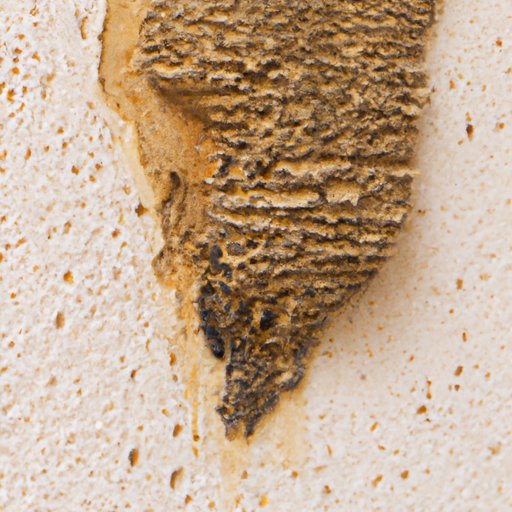
Introduction
Termites are small pests that can cause significant damage to homes and buildings. They feed on wood, paper, and other materials, making them a major threat to the structural integrity of your home. Therefore, it’s important to inspect your home for termite damage regularly. In this article, we will take a look at different ways to look for termite damage and how to prevent it from happening in the first place.
How to inspect for termite damage
Inspecting your home for termite damage should be done regularly. Here are the steps to follow when inspecting your home:
- Start by inspecting the outside of your home. Check for mud tubes, which are a clear sign of subterranean termites. They can be found on the foundation walls, wooden posts, and other places.
- Inspect the roof for termite damage.
- Use a flashlight to inspect the inside of your home. Check for termite damage on walls, ceilings, and floors.
- Pay special attention to wooden structures such as beams, door frames, and window frames. These are often the first areas termites attack.
- Probe the wooden structures using a screwdriver or other pointed tool to identify any soft or hollow areas in the wood.
It’s important to keep in mind that termite damage may not always be visible. Therefore, it’s essential to hire a professional who can use specialized equipment to identify hidden damage.
Warning signs of termite infestation
Here are the warning signs of a termite infestation:
- Mud tubes on the foundation walls
- Termite wings or sheddings
- Hollow-sounding wood
- Swarmers or flying termites
- Termite droppings or frass
If you notice any of these signs, it’s crucial to act immediately. Call a professional to identify the extent of the damage and provide advice on the next steps.
Importance of regular termite inspections
Regular termite inspections are crucial for preventing termite damage. Here’s why:
- Termites can multiply quickly and cause significant damage in a short amount of time.
- Regular inspections can detect any signs of termite activity before it becomes a more significant issue.
- They can help identify areas of the home that need to be repaired or maintained.
It’s best to schedule a professional inspection at least once a year. However, if you live in an area prone to termites, more frequent inspections may be necessary.
Tips for preventing termite infestation
Here are some ways to prevent termite infestations:
- Remove any piles of wood or debris around your home.
- Keep gutters clean and in good repair.
- Ensure proper ventilation in crawl spaces.
- Reduce humidity levels in the home.
- Seal any cracks or openings in the foundation or walls.
- Use a professional pest control service to apply repellents or insecticides around the perimeter of your home.
Proper home maintenance can go a long way in preventing termite infestations.
Types of termites and their behavior
There are three primary types of termites: subterranean termites, drywood termites, and dampwood termites. Here’s a look at each type:
- Subterranean termites are the most common and most destructive. They live in the soil and build mud tubes that allow them to travel above ground to feed on wood.
- Drywood termites live entirely within wood and do not require soil contact like subterranean termites. They are typically found in warm coastal areas.
- Dampwood termites require high moisture content and are typically found in areas with a high humidity level.
It’s important to identify the type of termite that’s causing the damage since each requires specialized treatment methods. A professional inspector can provide this information and recommend an appropriate treatment plan.
Costs of repairing termite damage
The cost of repairing termite damage depends on the extent of the damage and the size of your home. Minor damage may cost a few thousand dollars, while extensive damage can run into tens of thousands of dollars. As such, it’s important to identify the extent of the damage before deciding on a repair plan.
Hiring a professional to repair the damage is often the best option. However, if the damage is minor, it may be possible to do it yourself. It’s essential to seek advice from a professional before attempting any repairs to avoid causing further damage.
Conclusion
Termites may be small, but they can cause significant damage to your home. Regular inspections and proper home maintenance can help prevent termite infestations and avoid costly repairs. If you notice any signs of termite damage, act immediately, and seek advice from a professional. By taking the necessary steps, you can protect your home from termite damage and ensure it remains a safe and comfortable place to live.




